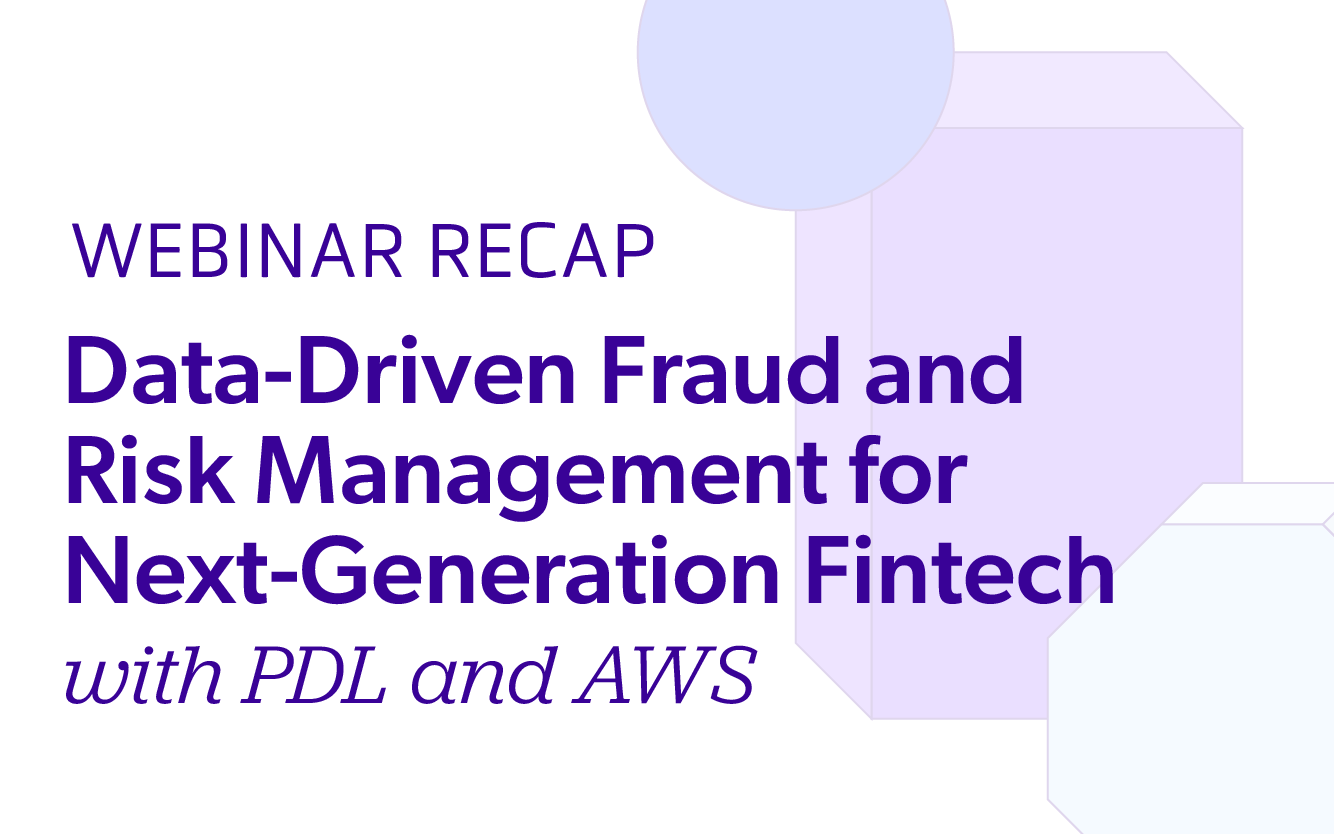
How Identity Data Granularity Improves TAM Discovery
February 23, 2022
Table Of Contents
This article is part 3 of our ongoing identity series. To read the previous blog, click here. To read part 1, click here.
A simple definition of Total Addressable Market (TAM) is the process of finding a niche or segment in the economy where your business can:
Solve the right problems
For enough customers
At the right price point
To make profit.
Ultimately, TAM comes down to finding problems that your business can solve. The people who have these problems are your addressable market, but some deeper digging is needed before you dive into your pursuit of select market segments.
Ask yourself some key questions:
Are there enough customers to allow you to turn a profit?
Are these customers really the customers you want?
Can you solve their problem alone, or will you need to partner with another business to get where you want?
How difficult will it be?
Of course, there are some questions that are unique to your business, but these are all questions that feed into TAM discovery for you to keep in mind.
TAM discovery filters into 3 categories: Total Addressable Market (TAM), Serviceable Available Market (SAM), and Serviceable Obtainable Market (SOM).
Read more about addressable market specifics here.
How Data Informs TAM Discovery
The factors a business must analyze to discover their addressable market varies industry to industry. Generally, businesses start with building out aggregate numbers across an industry classification, or an individual characteristic, like job titles. Once you determine how many people fit your criteria, you need to start learning more. For instance, pinpointing locations is a great first step for location-bound markets.
Once you know where all your potential clients are, you need to gather more data to help you reach them, starting with reliable contact information. You can also apply distinctions, such as discovering how many companies have a certain amount of people in a certain job role.
A textbook user of this tactic is Salesforce, which can attribute much of its success to treating sales departments, rather than specific business categories, as its addressable market. By targeting individuals with sales titles, it was able to vastly expand its market while targeting the very people for whom its offering would have the greatest impact.
Every business needs data to inform their GTM strategy to remain competitive today and beyond. In fact, the demand for a network of data providers and curators has created its own data discovery market valued at USD 7.75 Billion in 2019, and projected to reach USD 30.18 Billion by 2027, growing at a CAGR of 19.98% from 2020 to 2027.
TAM Utilization in Business Today

Therefore, it’s imperative to look for additional levels of granularity to ensure a market is a correct fit for you. Data matters most when businesses discover their Serviceable Obtainable Market. If you have market data with 15% up-to-date contact information, only 15% of that market is easily obtainable. You can also learn if people in the identified market have already entered your customer base by matching contact records. As you move down the list from TAM, SAM, to SOM, granularity becomes increasingly important for market entry success.
Granularity makes a go-to-market strategy practical.
Today, there are promising fields for application of TAM.
High-level tech labor is in ever-increasing demand, so profiles for people who write code or support those that do is a huge market for businesses aiming to solve problems for the tech workforce. A great example of a business that targeted this group successfully is Amazon Web Services (AWS), which has exceeded more than 1 million active accounts as of 2020.
Furthermore, TAM has uses beyond growing an individual business. Investors may use addressable market research to better understand the growth potential of future investment targets. To know that, they need to understand who works there, their competencies, locations, etc. Likewise, in mergers and acquisitions, an acquiring business would be well served to know how much new market a new acquisition will bring.
The Cost of Bad TAM Discovery
While TAM discovery is a common practice, it’s effectiveness can be limited by the availability of relevant, high-quality data. In some cases, this could lead founders, investors, and other business leaders to invest resources in addressing challenges that don’t offer sufficient opportunity. You can invent the best horse-drawn carriage in the universe, but the majority of people today do not travel by horse.
Similarly, your business can solve all sorts of problems, but you want to solve problems that affect large and growing markets to create a lasting impact. Entering a market that looks appealing, but brings marginal returns as it shrinks, is a costly mistake that could be avoided. That’s where the granularity comes in: showing not just who is in the business, but also its trajectory.
Many businesses fall in love with a customer problem, but don’t take a beat to ask themselves, “Is this our problem to solve?” They find themselves committing, only to realize profit is not there. Stay true to what you really know, regardless of a market's attractiveness.
How A Data Partnership Improves GTM Strategy
As you try to discover your own addressable market, getting granular about your opportunities can become challenging. Factors like number of customers or employees, nature of business relationships, historical workforce numbers, business trajectory, and much more all contribute to your ability to discover your addressable market. You really need to know what’s going on in a particular business or market. That’s where 3rd party data from providers like People Data Labs can help.
This is not rocket science. You just need to make well-informed decisions. To do that, you need a clear, honest eye and good data. A qualified data partner can provide the needed context to accelerate you toward successfully going to market, from company revenues, all the way down to how many people work in a specific role in a company.
It is imperative to have good data at every decision point. Good data enables you to de-risk your addressable market decisions, allowing for more agile company strategy. Relieve as many assumptions as you can, so you don’t get caught unprepared.
Ready to get started or have questions? Reach out to our team today for a free consultation.
To read part 4, click here.
Like what you read? Scroll down and subscribe to our newsletter to receive monthly updates with our latest content.





